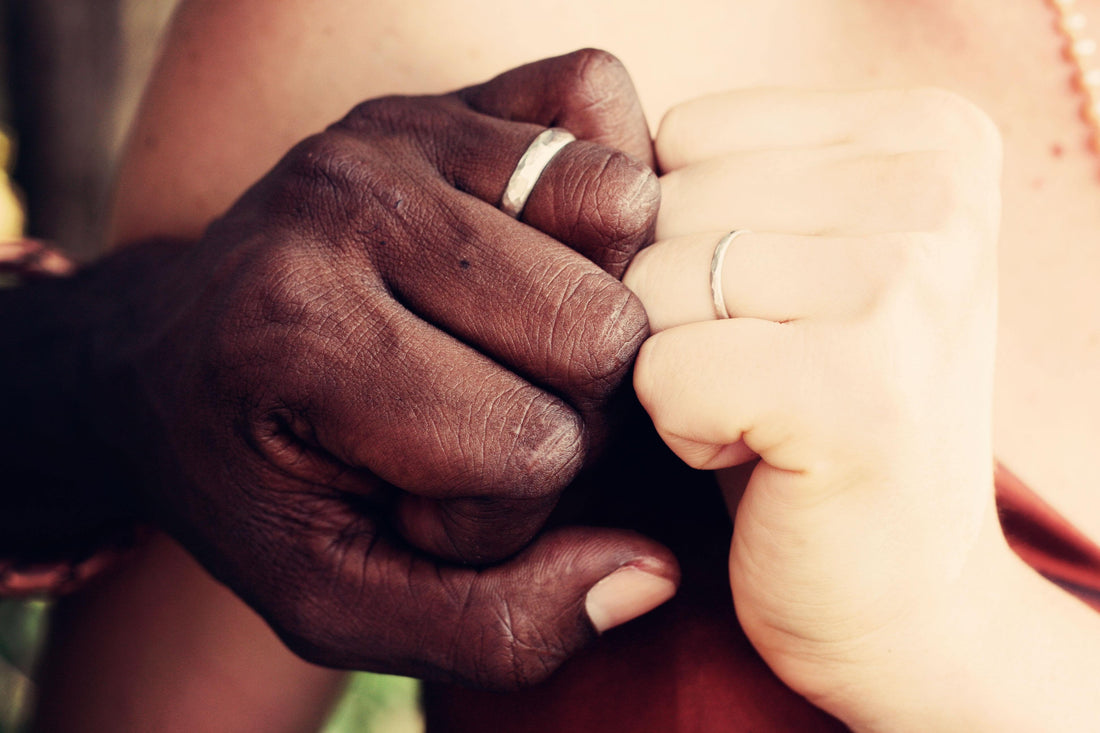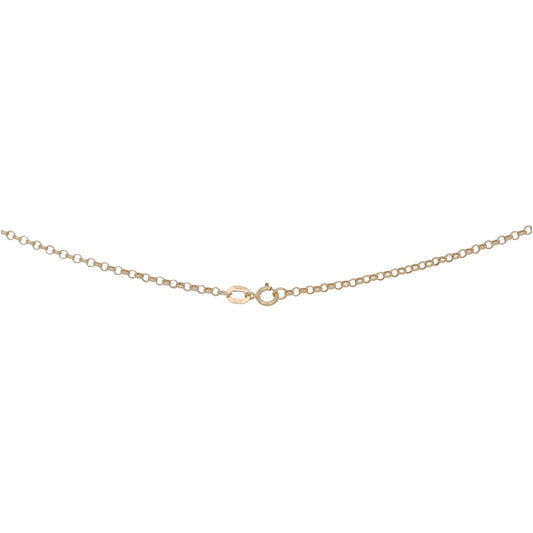To commemorate our huge wedding jewellery sale here at HandT - Shop Online, we thought we’d look at the wedding ring in more detail. There are a huge number of superstitions and interesting facts out there about this integral part of modern wedding tradition, which dates back further than you may imagine. Do you believe the superstitions or are you happy to trust your own instincts? Read on to find out what our predecessors believed and to gain a little more insight into this interesting marriage custom.
1. The earliest known wedding rings
Evidence of the earliest examples of wedding rings has been found in Egypt, dating all the way back to 6,000 years ago. The wedding rings of this time were made of reeds or hemp, which were braided into a loop. These have not survived, but papyrus scrolls detailing tradition have given us plenty of information about these early wedding bands.
2. Hidden messages
Inscribed wedding rings are older than you might think, although the technology has improved hugely since the first examples. Wedding bands which were inscribed with poetry during the Renaissance era were called Poesy Rings, and were often made of silver.
3. Wedding rings get special treatment
One of the few items that prison inmates are usually allowed to keep on their person is their wedding ring, and visitors are not always required to remove them as they would other jewellery items.
4. Dangling the ring can tell your future
Old superstition says that if a mum-to-be dangles her wedding ring on a thread over her baby bump, she can determine the sex of her baby by the way the ring moves. Swinging back and forth means it’s a boy, and swinging in a circle means it’s a girl. For unmarried women, dangling a wedding ring on one of their own hairs over a glass will show her how many years it will be before she gets married herself – the number of times the wedding ring hits the rim of the glass denotes how many years it will be!
5. Why the left hand?
The ancient Egyptians believed that a blood vessel ran from the ring finger on the left hand straight to the heart, which is why we wear wedding rings in that particular placement. There is no biological evidence to suggest this is true, but the tradition has continued on nonetheless.
6. Do you drop this ring?
If the wedding rings are dropped during the ceremony, it can be either lucky or unlucky, depending on which superstition you listen to. Some believe dropping the ring helps to oust negative spirits, whereas others see dropping the ring(s) as a bad omen.
7. Lonely wedding rings
In the USA, wedding rings were traditionally only worn by married women, meaning that the husband did not wear a wedding ring at all. This changed during the 20th century, and now this practice is just as unusual as it would have been here in the UK.
8. War time rationing
Wartime brides had to make do with ‘utility’ wedding rings during rationing, as there was a shortage of gold. These wedding rings were very light and would have only been made from 9 carat gold rather than the traditional 22 carats.
9. Trying on the ring
It is said that trying your wedding ring on before the ceremony is bad luck, but this can be tricky if you want to make sure it fits! This is an old superstition and one which many people ignore without consequence, but if you’re concerned, you can always find the right size with a different ring and work from that.
10. Wedding rings are not always meant to be worn on the hand
In some parts of the world, a wedding ring is worn on other parts of the body. For example, in West Bengal, India, women wear an iron bangle instead of a ring to show they are married. In other parts of India, Hindu women may wear a toe ring instead of - or as well as - wearing a band on their ring finger.
11. Ring cake, anyone?
In what has to be one of the strangest wedding ring superstitions, a small amount of wedding cake is passed through the bride’s wedding ring after the ceremony and given to the unmarried bridesmaids to eat. This is said to bring them a husband within a year!
12. Early wedding rings were much less romantic
In the past, wedding rings and engagement rings had less romantic connotations than they do today – instead, they were given as dowry, as an exchange of wealth and/or to ‘seal the deal’ on a match which was made with finances in mind. Princess Mary, daughter of Henry VIII was given an engagement ring like this when she was just two-years-old.
13. The argument for trying on your wedding ring first!
A wedding ring which is too tight is said to symbolise one party being stifled by the other or painful jealousy within the relationship. A wedding ring that is too loose means the relationship is in danger, and that the wearer may also be careless with their lover’s heart as well as their ring.
14. Keep it safe
Losing a wedding ring can symbolise losing your partner, and many people believed this wholeheartedly up until relatively recently. A woman in London in 1893 sadly committed suicide after misplacing her wedding ring, for fear that this meant she would also lose her husband.
15. How much gold?
In the United States alone, seventeen tons of gold are made into wedding rings each year. When you consider the number of people worldwide who follow the wedding ring tradition, the total amount of gold used must be astonishing.
16. Healing powers
Wedding rings have been said to have curative properties. For instance, in 19th century Ireland, rubbing a wedding ring on an injury or sore was thought to heal it. They also believed that pricking a wart with a gooseberry thorn through a wedding ring would make the wart disappear. In Somerset, they thought that rubbing your wedding ring on sore eyes would remove any infection. It’s a good job we know better today, as wedding rings may carry germs if they are not cleaned often!






























